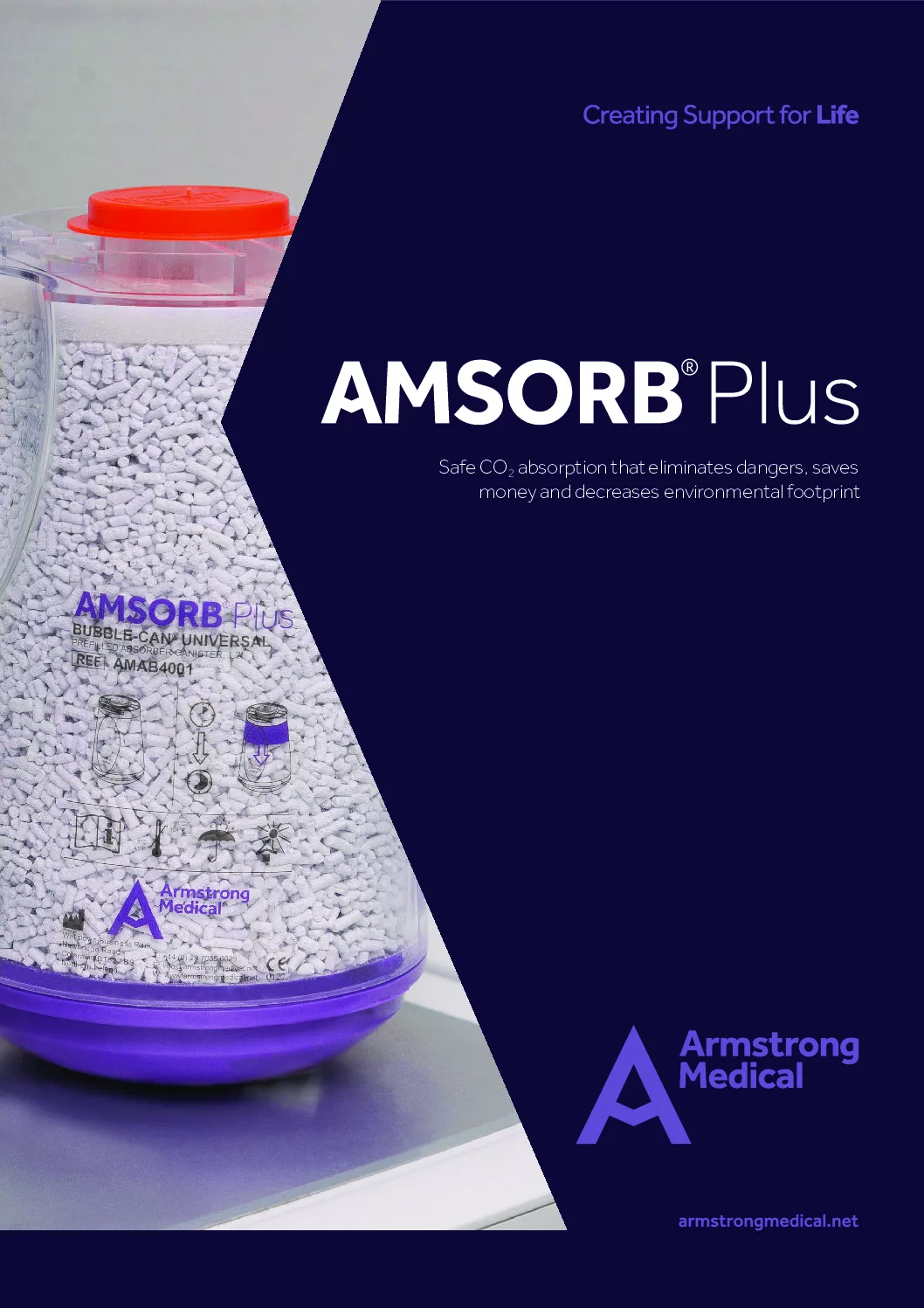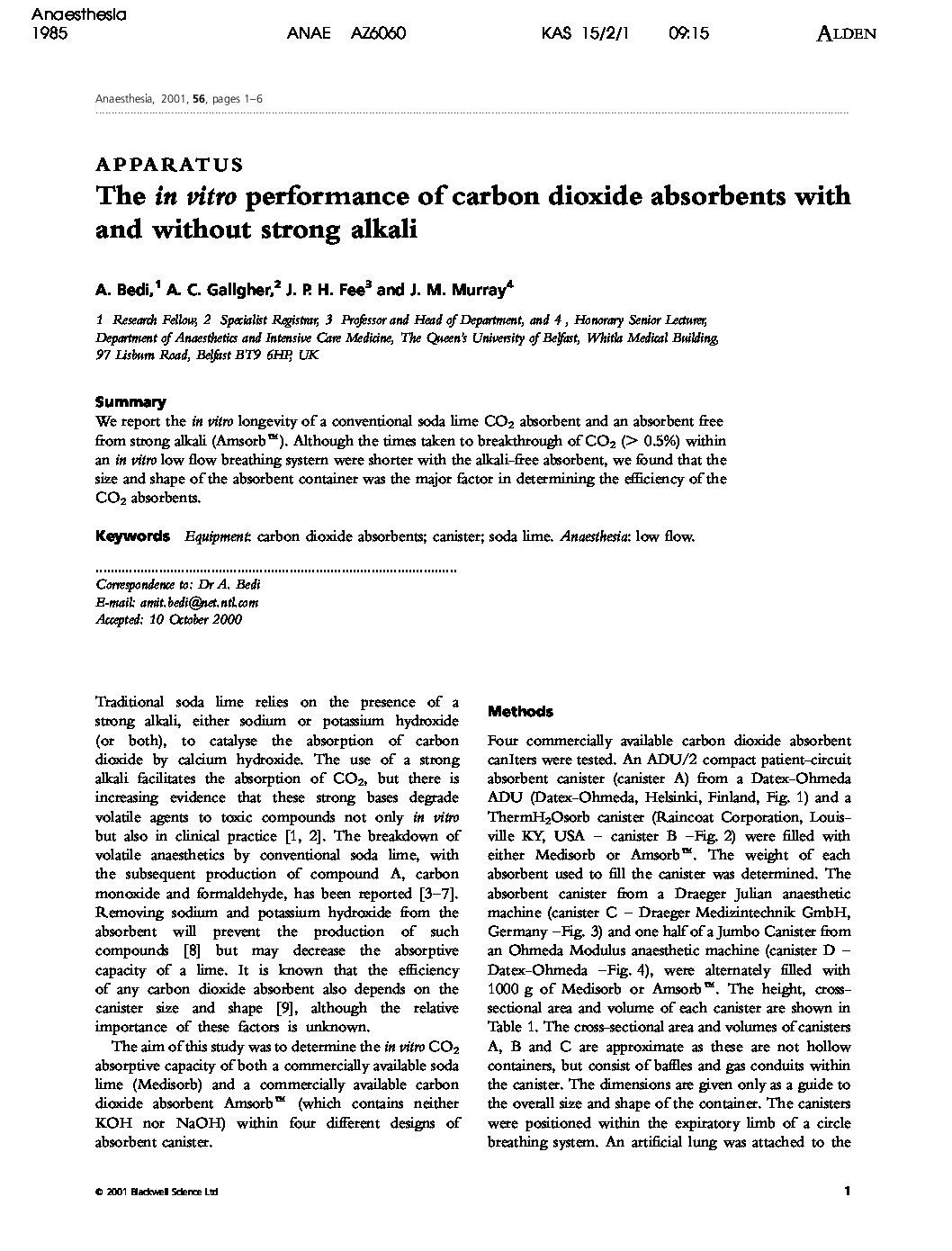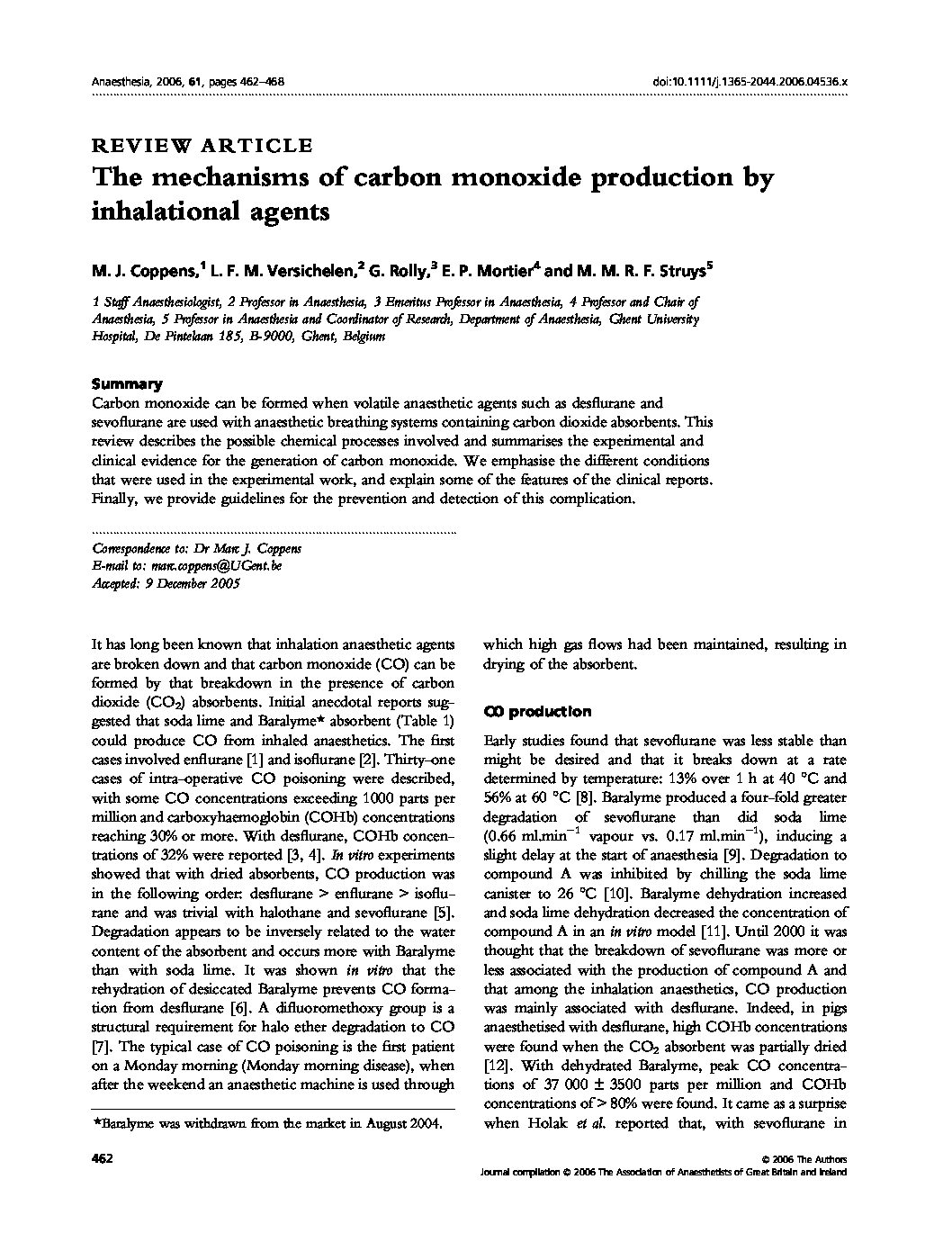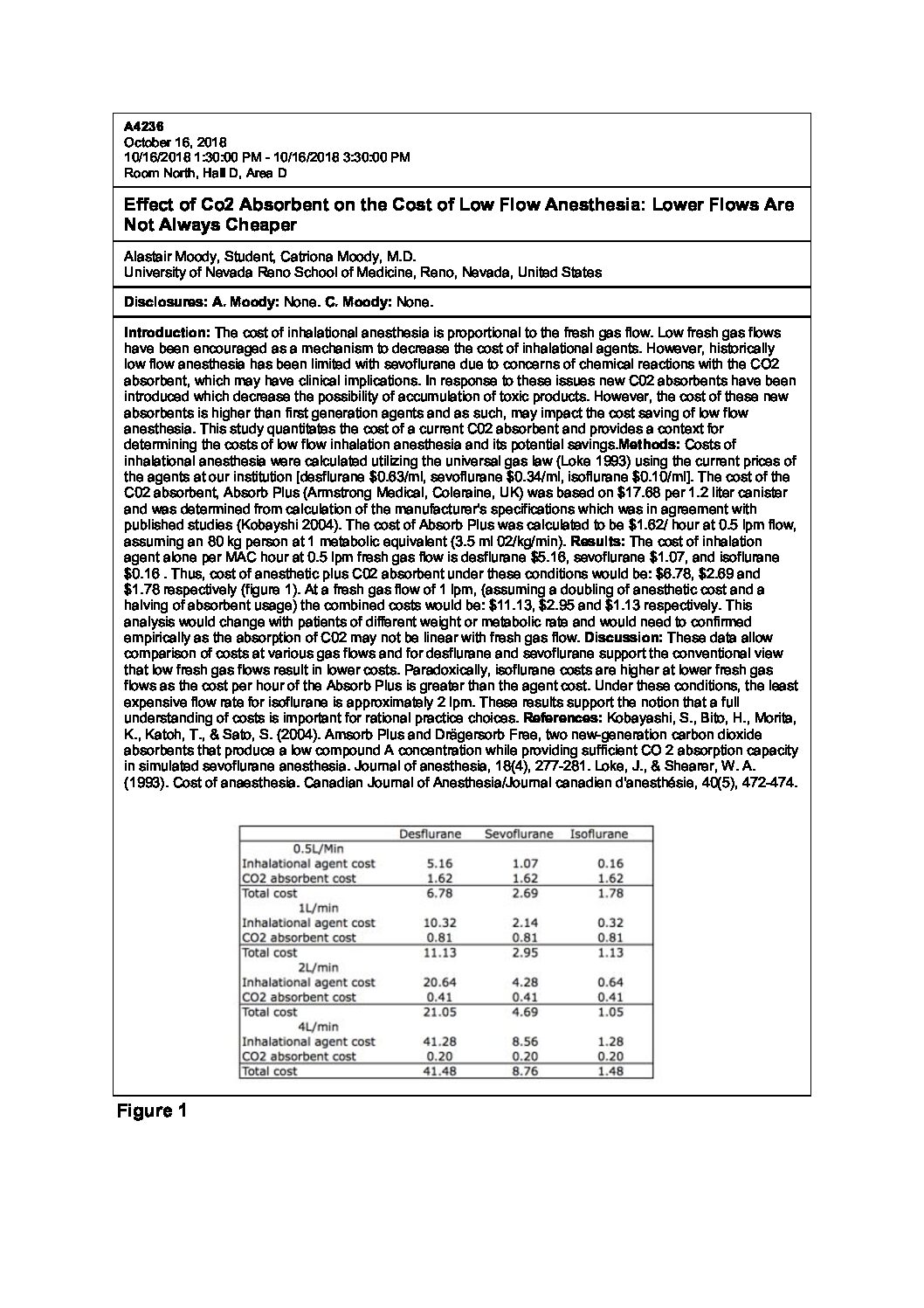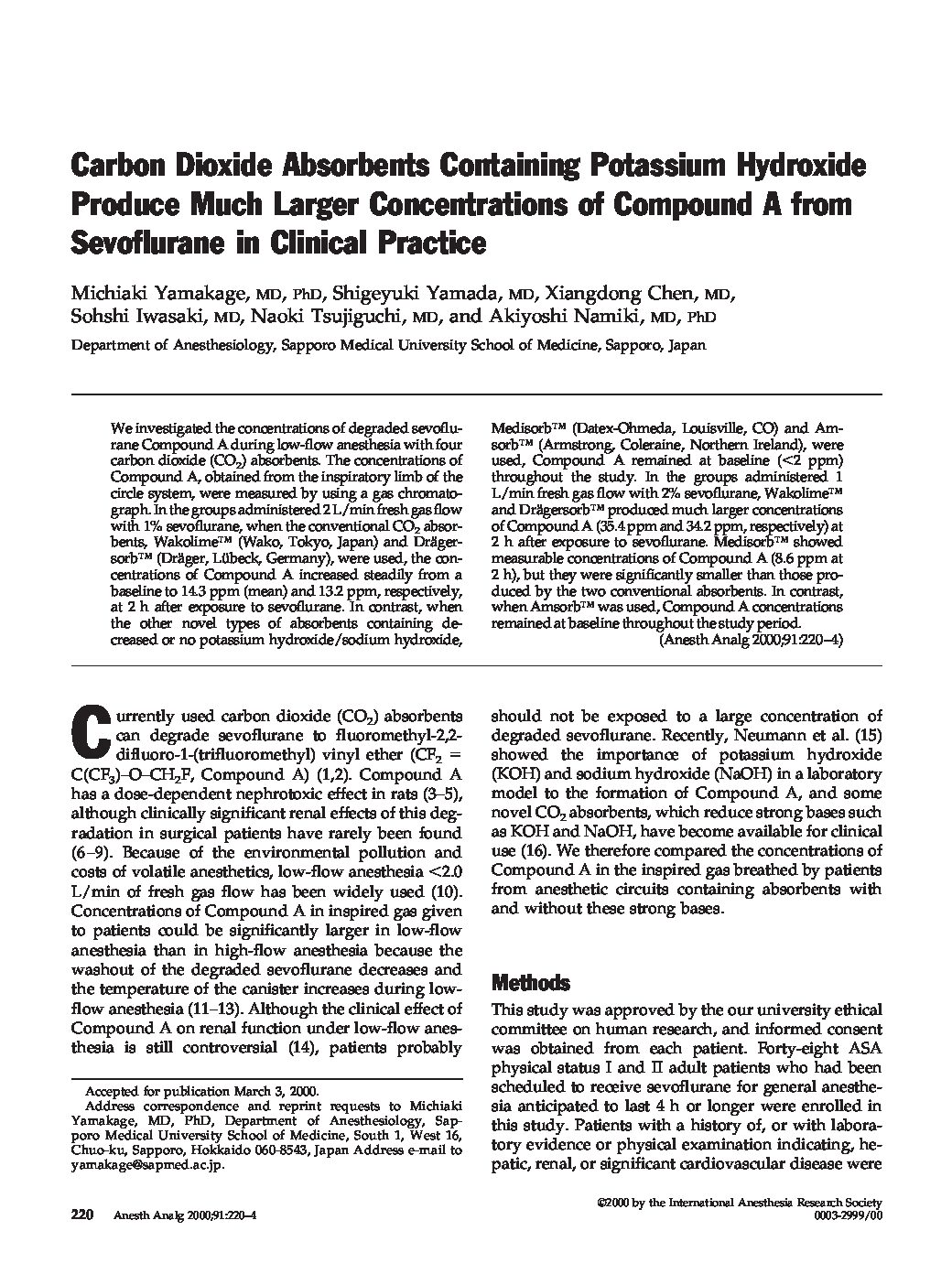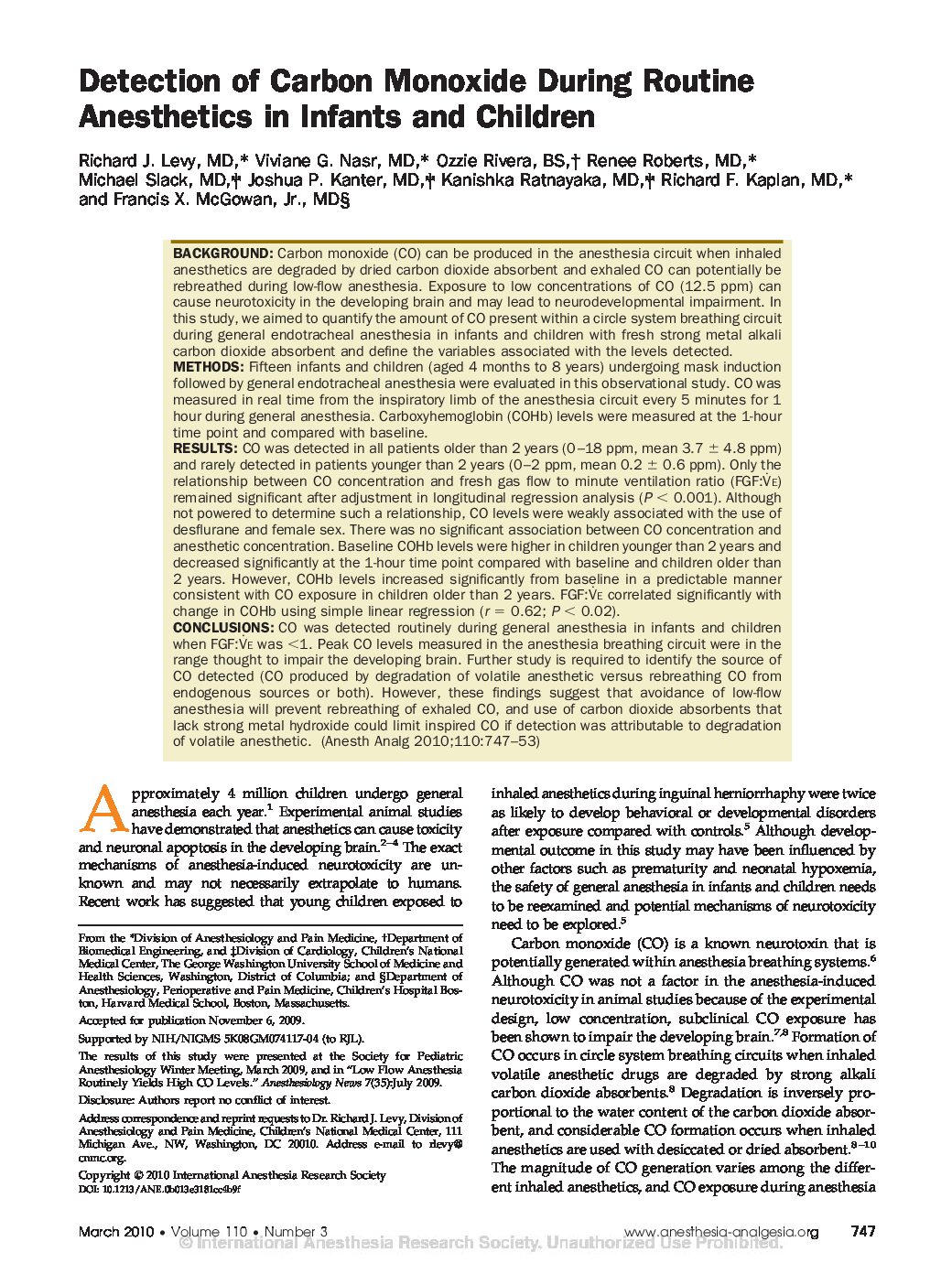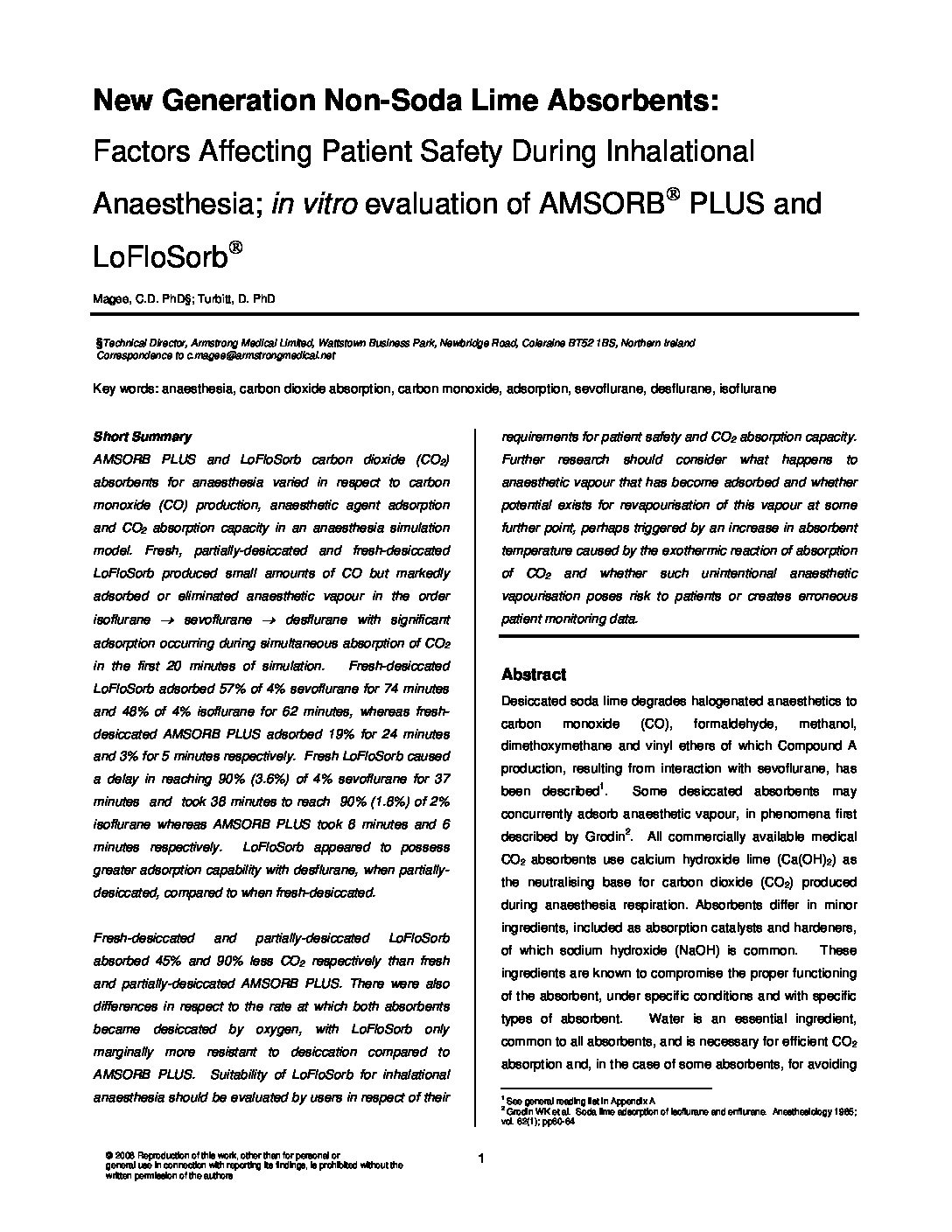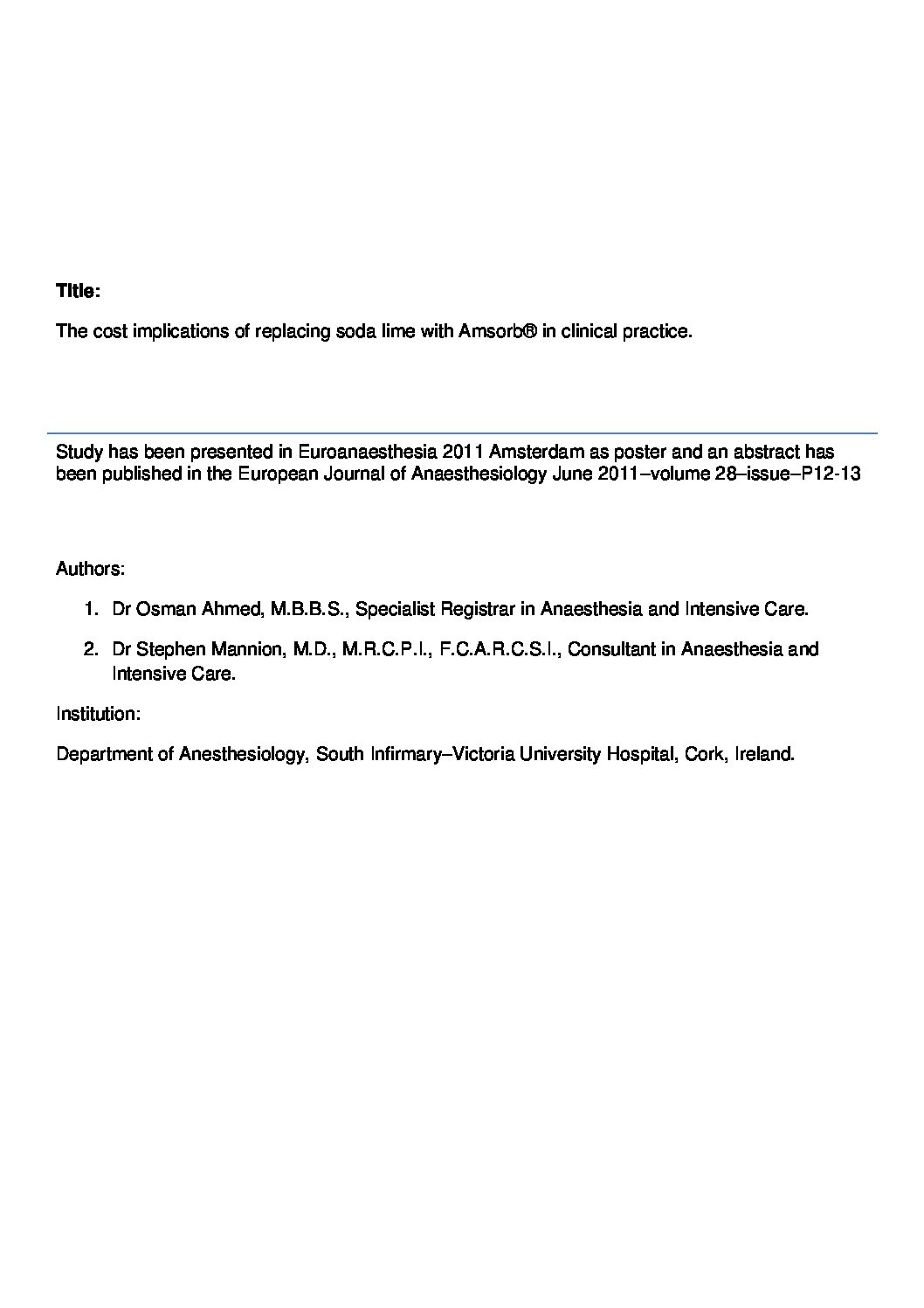Home > Perioperative Care > AMSORB® Plus CO2 Absorbent
AMSORB® Plus Carbon Dioxide Absorbent
AMSORB® Plus absorbs carbon dioxide from cellular respiration during anaesthesia.
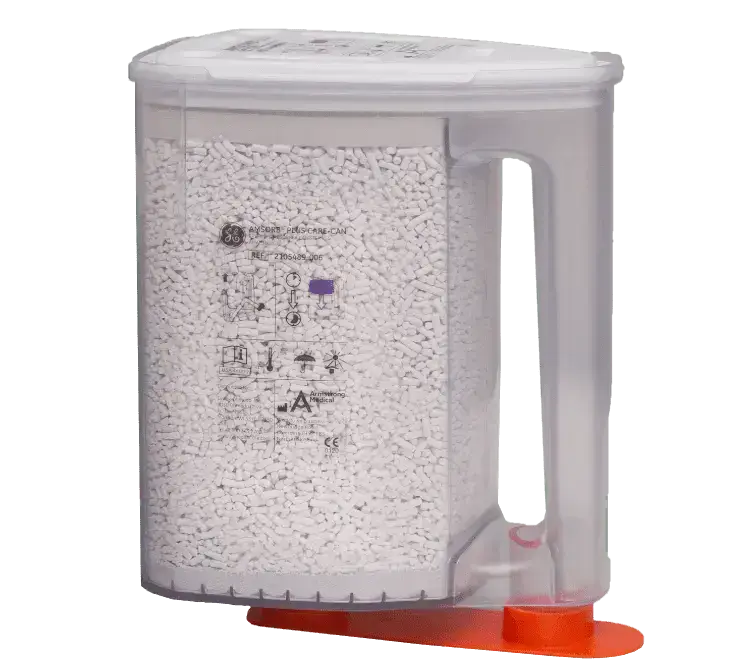
Why change to AMSORB® Plus
AMSORB® Plus is the world’s first CO₂ absorbent to be free of strong alkali.
It offers significant clinical, cost and environmental advantage.
Eco-friendly
AMSORB® Plus breaks down into harmless organic compounds, so it's easier on patients and staff and potentially simpler to dispose of.
Efficient
Irreversible colour change of AMSORB® Plus provides an accurate indication of hydrated state, improving confidence in clinical and purchasing decisions.
Cost-effective
Low-flow anaesthesia delivery reduces the consumption of anesthetic agents and lowers your overall cost of ownership.
Easier to Use
AMSORB® Plus retains its desiccated colour change. Available in prefill cartridges compatible with most common anaesthesia machine brands.
Safer
Unlike other absorbents, AMSORB® Plus is incapable of anaesthetic degradation and does not produce harmful by-products.
Designed for low flow anaesthesia
AMSORB® Plus is safe for use at low and minimal flow rates. It will not adsorb anaesthetic agent and is not capable of agent degradation.
How AMSORB® Plus works
AMSORB® PLUS is NOT a soda lime
The primary reaction is between CO2 and calcium hydroxide (Ca(OH)2) and water. These form calcium carbonate (CaCO3) and water. Exothermic heat is a by-product of absorption. During absorption, Ca(OH)2 is continually re-moistened until converted to CaCO3. Lesser chemicals, calcium chloride (CaCl2) and calcium sulphate (CaSO4) prolong the life of Ca(OH)₂ and increase the speed of absorption reaction by maintaining granule strength and optimising hydration.
Chemical Reaction of Absorption
Ca(OH)2 + CO2 >>>>> CaCO3 + H2O
Slightly soluble >>>>> Insoluble
Ca(OH)2 is an ionic compound which is soluble in water at 0.5g/L at 20°C:
The ions are Ca++ and OH-OH-
CO2 is soluble in water at 1 vol : 1 vol at 20°C
CaCO3 is an insoluble ionic compound Ca++ and CO3- –
Reactions take place in solution when particles are mobile and react on collision.
A colour indicator is present, changing from WHITE (fresh) to VIOLET upon exhaustion or desiccation.
The indicator reacts to changes in granule hydration as absorption progresses; eventually remaining violet-coloured, once absorption is complete. Colouration also results from contact with ambient air or oxygen, if exposed to these.
Product Codes
Code
Description
Box Quantity
AMAB3201
1.2 litre cartridge (without sealing gasket).
12
AMAB4001
Prefilled UNIVERSAL BUBBLE-CAN® absorber, 1.2 litre for Dräger anaesthesia workstations including Apollo, Pallas and Primus.
6
AMAB3400
1.0kg bag.
12
AMAB3801
Prefilled G-CAN® absorber, 1 litre for GE Healthcare Aisys, Avance and Aespire anaesthesia workstations.
8
AMAB3000
5.0 litre jerican.
2
Support Materials
Click the drop-down menu to view and download support material.
Promotional Materials
Research Papers
Get in touch
We are committed to protecting and preserving the privacy of our visitors when visiting our site or communicating electronically with us.
